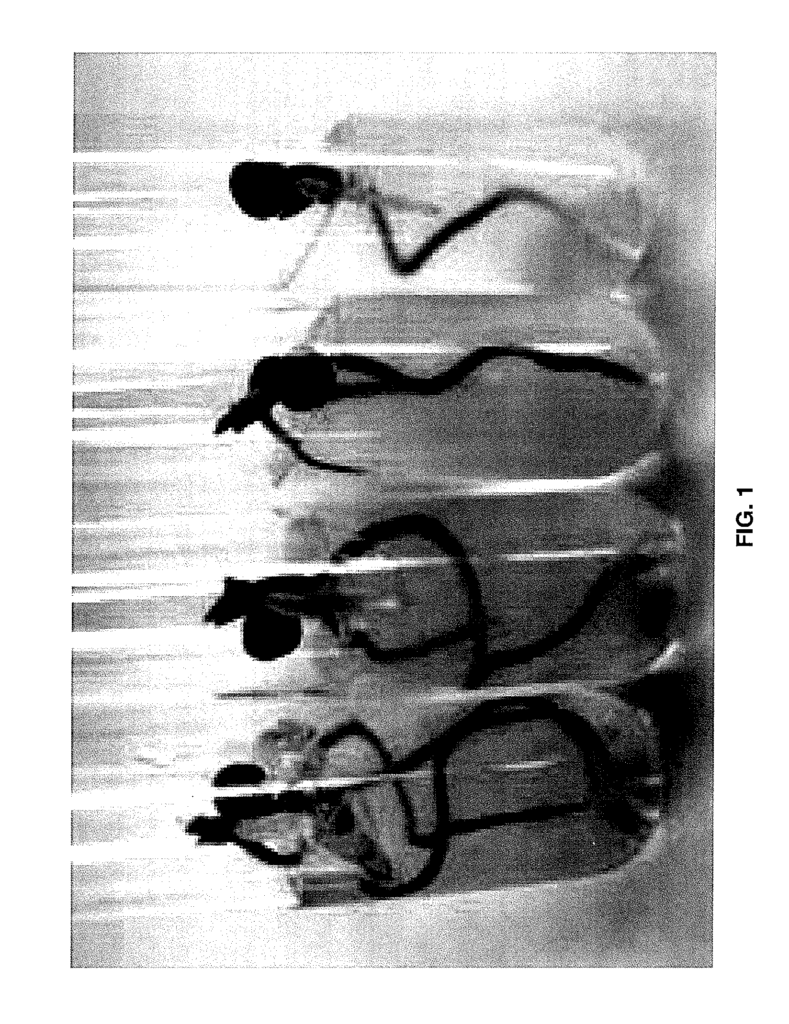Efficient Plant Growth with Micropropagation Innovation
Introduction
As the demand for ornamental plants like Alexandrian Laurel continues to rise in landscaping and horticulture, traditional propagation methods are often time-consuming and yield inconsistent results. Our micropropagation innovation offers a scientific breakthrough, providing a method to propagate Danae racemosa (Alexandrian Laurel) efficiently and consistently. This patented technique allows for the mass production of this valuable plant, meeting commercial needs while preserving its high-quality characteristics.
The Challenges of Traditional Plant Propagation
Alexandrian Laurel (Danae racemosa) is a prized ornamental plant in landscaping and garden design, known for its elegant foliage and year-round appeal. However, its propagation through traditional methods can be slow and unreliable, limiting the ability to produce enough plants to meet market demand. This creates a bottleneck for commercial growers, landscapers, and botanical centers, who need a faster, more reliable solution to meet the increasing interest in this plant.
In addition, maintaining the quality and health of the plants during large-scale propagation can be difficult using conventional methods, especially when consistency in appearance and growth characteristics is required for high-end landscaping projects. For industries reliant on mass propagation, there is a critical need for advanced, reliable methods that ensure scalability without compromising plant quality.
Micropropagation: A Breakthrough for Scalable Plant Production
Our patented micropropagation technique offers a transformative solution for growers, landscapers, and horticulturists. By utilizing this method, Danae racemosa can be propagated efficiently in large quantities, with each plant retaining the genetic qualities and aesthetic appeal of the original stock. This process takes place in controlled laboratory conditions, ensuring a high success rate and enabling large-scale production without the variability often seen in traditional propagation techniques.
The innovation also allows for disease-free propagation, reducing the risks associated with pests and pathogens that may otherwise affect plant growth. For commercial growers, this translates into higher yields, lower costs, and greater consistency in the quality of the plants produced. The ability to produce large numbers of plants rapidly gives nurseries and botanical gardens a competitive edge, allowing them to meet demand and expand their offerings.
Key Benefits
- Efficient and Scalable: Mass propagation of Danae racemosa with consistent quality.
- Disease-Free Growth: Ensures healthier plants by eliminating pests and pathogens during propagation.
- High-Quality Consistency: Retains the ornamental beauty and characteristics of the original plants.
- Versatile Applications: Ideal for commercial growers, landscapers, and botanical centers.
Grow with Confidence Using Micropropagation Innovation
Licensing this micropropagation technology provides horticulturists and commercial growers with an advanced, reliable method to propagate Alexandrian Laurel and other valuable plants. With scalable production and improved plant health, this innovation opens new possibilities for the horticulture and landscaping industries.

- Abstract
- Claims
What is claimed is:
1. A method to produce multiple seedlings of Alexandrian laurel from one seed, the method comprising:
2. The method of claim 1, wherein
7. A method of propagating multiple Alexandrian laurel plantlets from a single seed, the method comprising:
Share
Title
Micropropagation of alexandrian laurel (Danae racemosa L)
Inventor(s)
Guochen Yang, Zhongge Lu
Assignee(s)
North Carolina A&T State University
Patent #
9474272
Patent Date
October 25, 2016
